The Extranet dashboard is more than just a management portal for hotel managers and property owners. Booking.com equipped the website with numerous features to help partners improve their listings to get better visibility and generate a higher conversion rate. In this blog, we'll answer seven of the most frequently asked questions about Extranet and share strategies on how you can further optimize your online reservation process.
1. How to get the 0% commission on the Booking.com listing?
One of the most lucrative features of Booking.com is its commission based-model. It allows businesses to enjoy all the features of the online booking platform without the need to pay any upfront fee. Most importantly, every once in a while, Booking.com opens a 0% commission program to allow businesses to jumpstart their Booking.com journey without any commitment.
With this being said, it's best to keep yourself updated on the Commissions Page of Booking.com's Partner Hub to see if there are available 0% commission programs on Extranet.
Tips on maximizing Booking.com commission programs:
a. Monitor market demands.
Booking.com usually opens the 0% commission program to expand its market. For this reason, if you're trying to predict if the 0% commission program could cover some of your properties, keeping track of the current hospitality industry is best. To learn more about current market trends, read Online Review Statistics Every Hotel Needs to Know in 2023
b. Optimize your alternative accommodation offers.
The global alternative accommodation market was valued at USD 127.28 billion in 2021. Furthermore, it's currently expected to increase at a compound annual growth rate (CAGR) of 16.5% from 2022 to 2030. Because of this, last year, the website offered a 0% commission program for new alternative accommodations such as apartments, apart-hotels, villas, holiday homes, chalets, gites, condos, and cottages. If you're considering exploring other accommodation offers on top of your current listings, it's best to explore these properties.
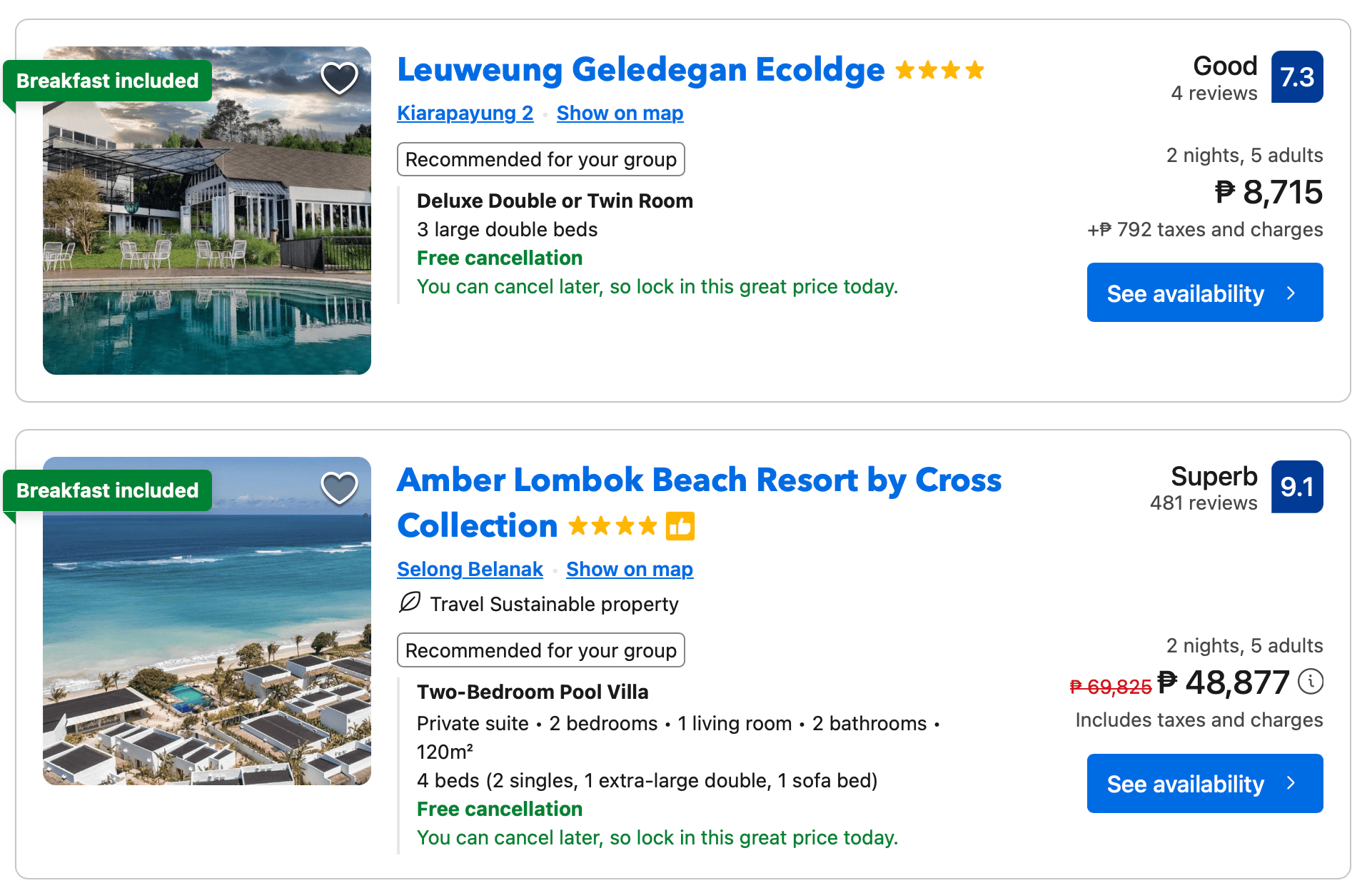
c. Check your location's demand.
The program is also designed to attract businesses in key locations, especially famous travel destinations. For this reason, the most recent 0% commission program was offered to properties in Australia, France, Germany, Italy, Span, the United Kingdom, and the United States. Aside from this, Booking.com offers various commission discounts and partner programs depending on the location.
d. Always keep your files ready.
Booking.com usually requires business documents to authenticate ownership for those applying for the 0% commission program. So, making your documents readily available is highly recommended so you'd be ready if an opportunity arises.
{{blog-cta="/features/product-updates"}}
How do I open rooms on the Booking com Extranet?
Once your application to the 0% commission program is approved, you can proceed to open new rooms and properties under your business account. Here's how you can do it:
- Log in to your Extranet account.
- Select the Property you wish to edit.
- Click Room Details or Property Layout.
- Select Create a New Room. Click Create a New Apartment or Create a New Property.
- Provide the details of your new listing.
- Click Continue to finish the process.
2. How to manage your Booking.com reservations?
Booking.com gives full autonomy to businesses on how they will handle their bookings, including approving and disproving reservations. The manual reservation is the default setting on Booking.com. Account owners can accept or decline requests through email or by logging into their Extranet account. However, properties can also opt to activate the instant booking feature to provide a seamless booking experience to guests.
Here's a step-by-step guide on how you can configure your reservation management system:
- Open your Extranet dashboard.
- Under the Property section, select Policies.
- Under Other Policies, Click Edit on the How you receive bookings section.
- Under How can guests book your property? Click All guests can book instantly for instant booking, or All guests will need to request to book for manual booking.
- Click Save.

Tips on managing Booking.com reservations:
There's no better setting between manual or instant booking. Business owners can utilize either of the two whenever they deem fit. However, you must remember that an effective reservation management process can make or break your conversion rates. For this reason, you must use the two settings depending on the performance of your listings.
When to use manual reservation on Booking.com?
If you've just opened your account and are still setting up a central booking system across all your third-party booking platforms, choosing manual approval is highly recommended to reduce the risk of double booking. Aside from this, if you've seen a spike in your cancellations or if your listing attracts long-term renters, you must also go with manual booking so you'd be able to review user accounts first before confirming reservations.
When to use the instant reservation on Booking.com?
Instant booking is recommended for highly competitive listings. The seamless and fast booking process will reduce the risk of expiring requests, guests' changing minds, or possible negative customer reviews.
Strategically using these two reservation management features will allow you to maximize your property's availability and generate higher revenue.
3. How to setup discounts and promos on Booking.com?
Everyone loves a good deal. Recent surveys suggest that online promotions actually trigger 89% of online purchases. The same applies to tourism websites like Booking.com. For this reason, business owners should maximize the potential of Booking.com deals.
Here's a quick guide to the Booking.com regular discounts:
- Free Nights Deal - Offer one or more free nights when guests book a specific number of nights. No fixed booking days. You can choose how many paid nights a guest needs to book to receive the free night.
- Last-Minute Deal - Give guests attractive last-minute discounts for quick occupancy. Setting up this discount with a maximum booking window of seven days before check-in is highly recommended.
- Early Booker Deal - Secure maximum occupancy during peak seasons by attracting travelers who are used to booking far in advance.
- Secret Deal - The best discount option for properties that want to connect with frequent travelers. The Secret Deal promo is only available for Booking.com account owners and newsletter subscribers.
- Limited-Time Deal - Booking.com automatically boosts the visibility of listings with the Limited-Time Deal offer. The promo is designed to increase occupancy during peak season. However, it's only applicable for partners with Guest Review Scores of 7 and higher.
- Black Friday Deal - Attract travelers searching for great deals for their next vacation. The Black Friday Discount has a special badge to attract potential bookers. Select partners can also get maximized property exposure across Booking.com channels.
- Early Year Deal - Runs from January to March every year. It's designed to give business owners early-season revenue. Heavily advertised across multiple channels, including email and various points on our platform.
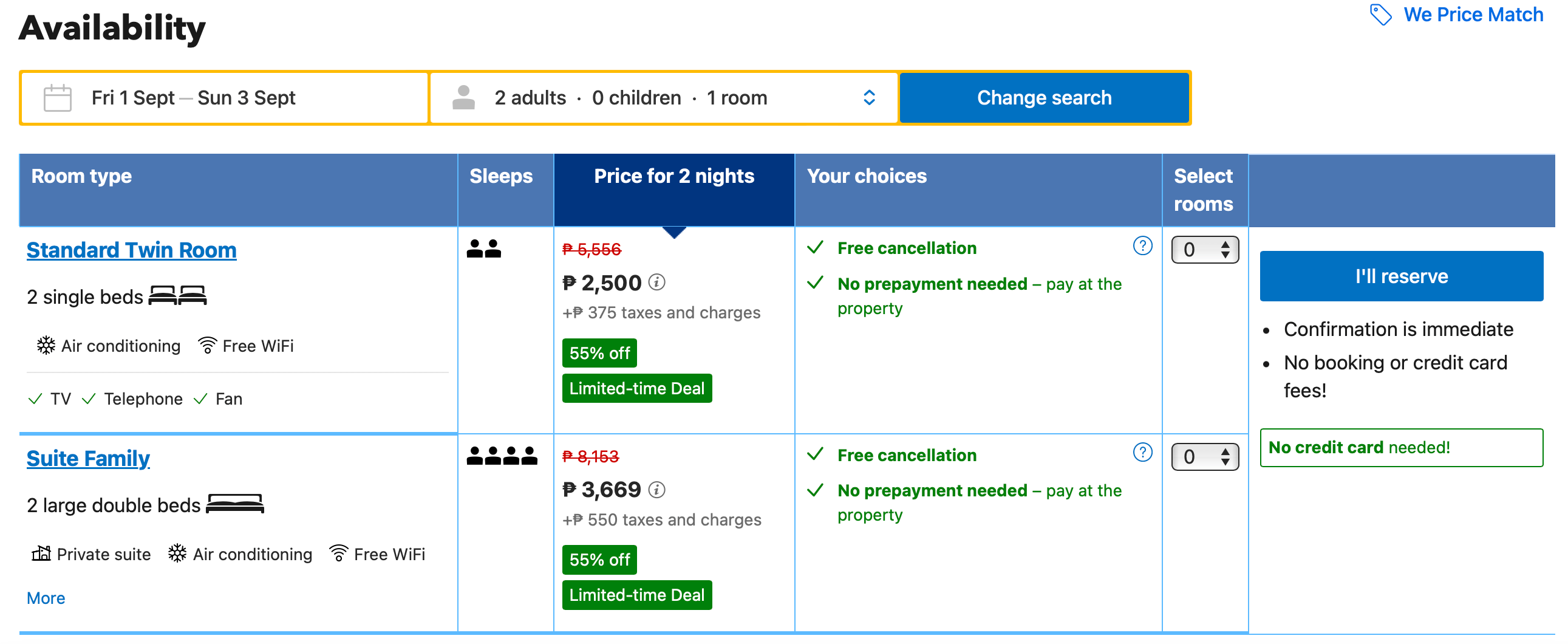
Aside from these fixed campaigns, you can create customized deals. Here's how to set up discounts for your listings:
- Go to Promotions on your Extranet dashboard.
- Choose from one of our ready-made campaigns or create a customized deal. Click Set up promotion.
- Provide the details of your promotion.
- Click Review your promotion to see how it would look on your public listings.
- Check your updated listings under the Calendar & Pricing page in the Rates & Availability section.
Tips on using Booking.com discounts and promos:
a. Remember to modify your listings before activating discounts.
A discount usually takes a couple of minutes to be fully activated. Remember that your listings' current rates and offers will be carried over when you activate a discount. For instance, if your room currently offers a complimentary breakfast, it will be carried over with the discounted rate. So, to fully maximize the revenue potential of Booking.com deals, it's best to review your current listings before activating discounts.
b. Use Booking.com deals instead of creating your own.
It's highly recommended for new properties use Booking.com deals before using their own. Most website deals are also advertised on the website's social media accounts and newsletters. Thus, it's a great way to gain additional traction within Booking.com's audience. It's also best to check Booking.com's partner offers to maintain a competitive edge within the platform. To learn more about this, read Booking.com's Genius Partner Program: Everything You Need to Know.
4. How to optimize your Booking.com photos?
The ranking algorithm of Booking.com works like a search engine. For instance, a fully optimized profile with guest reviews is more likely to rank higher than other listings as it has more relevant content to be indexed by Booking.com. This is even increased with the photo tagging feature. Tags help you link your properties to guest searches, leading to potential bookings. Aside from this, it's also an excellent opportunity to boost your conversion rate by creating a seamless connection among your listings.
Here's how you can tag your Booking.com photos.
- On your Extranet dashboard.
- Select Property, then Photos.
- Click a photo, then click Options.
- Select Edit or Tag.
- Create new tags or select from your existing ones.
- Click Finish.
Tips on tagging photos on Booking.com:
a. Provide additional information regarding your property.
Guests love when business owners provide information not just about their properties but also about their destinations. Here's an example of a fully-optimized Booking.com photo that you can benchmark. The photo tags of these tourist attractions have additional information about the listing. This will show guests they can do numerous activities when staying at the property.

b. Synch photos to your booking pages.
It will be beneficial to use the photo tagging feature to create a funnel within your listings. For example, the photo tags in this property automatically lead to the room offers. Thus, guests will automatically be led to the booking page if they see a room or an amenity that they find interesting.

c. Update your listing photos regularly.
Aside from tagging photos, updating your listings with new images of your properties is highly recommended. Fortunately, Booking.com has made it easier for property owners through the Pulse app. Business account users can easily add a photo from reviewers to the main listing page of the property. To learn more about the Pulse app, read The Ultimate Guide to Using the Pulse App for Booking.com Success.
5. How to minimize revenue loss due to cancellations on Booking.com?
Booking cancellations are still the top problem among online booking platforms. A recent survey suggests that one in every five bookings is canceled, especially during summer. While this may be alarming, hotel managers and property owners can't simply deactivate cancellation options, as consumer researches also suggest that 73% of customers cite free cancellation as their main reason for booking a property.
Fortunately, Booking.com offers Smart Flex Reservations. According to Booking.com, partners participating in this program have increased their conversion rate by up to 3%. Most importantly, it saves you from the hassle of working on canceled rooms to ensure maximum property occupancy.
What is the Smart Flex Reservations program of Booking.com?
With Smart Flex Reservations, partners allow Booking.com to optimize their cancellation policies depending on the website's customer insights and the guest's user behavior. If you have a non-refundable policy for some or all of your rooms, Booking.com will include free cancellations on some of your listings. On the other hand, your rooms with free cancellation will be automatically upgraded to provide more flexible cancellation offers. For example, if your original policy offers free cancellation within seven days of check-in, Booking.com will upgrade it to free cancellation within three days.
Here's a step-by-step guide to joining the Smart Flex Reservations program:
- Log in to your Extranet account.
- Proceed to Opportunities. Select Smart Flex Reservations.
- Send your enrollment request.
If your property isn't in mainland France, French Guiana, Mayotte, Martinique, Guadeloupe, Saint Pierre, Miquelon, or Réunion, you'll automatically be enrolled in the Smart Flex Reservations program.
Consequently, property owners can also opt out of the Smart Flex Reservations program anytime. Here's how to do it:
- Log in to your Extranet account.
- Proceed to Opportunities. Select Smart Flex Reservations.
- Click Leave this Program. Select how long you would want to deactivate the feature.
- Click Save.
Partners can opt-out for up to three months. After your temporary opt-out period expires, Booking.com will automatically re-enroll you in the program.
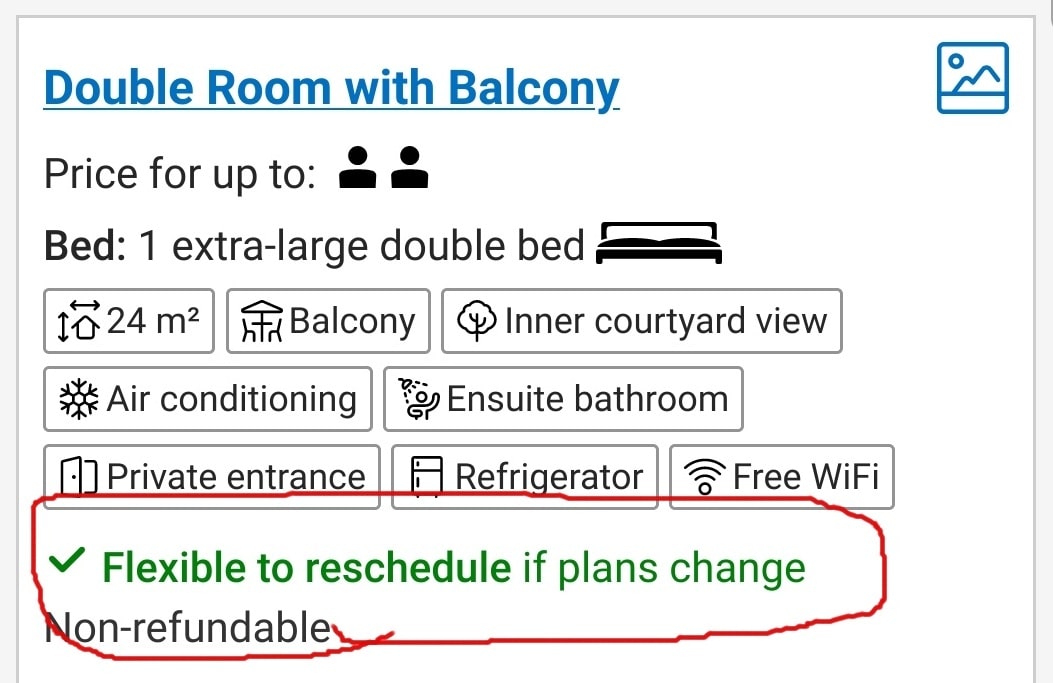
Tips on using the SmartFlex cancellations:
a. Remove minimum stay restrictions.
Cancellation policies would only be offered to users less likely to cancel their bookings. Aside from the user's website behavior, the nature of the booking would also be considered. If a guest cancels, Booking.com will immediately look for replacement guests to refill the room. For this reason, it's best to remove any minimum length of stay restrictions on your listings to increase the possibility of finding a replacement guest for all room nights for reservation.
b. Avoid using the Visibility Booster or Limited-Time Deals.
It's also worth noting that Booking.com boost your ranking and uses price incentives to make your property more attractive to last-minute bookers. All the optimizations will be free of charge, as Booking.com will cover any costs involved, including the offers and discounts used. So, if your Smart Flex Reservations is activated, you can skip using the Visibility Booster and Last Minute deals to maximize your revenue. To learn more about the Visibility Booster, read our article: Booking.com Visibility Booster: Is it Worth the Investment for Hotels and Property Owners?
6. How do I send a message to Booking on Extranet?
Booking.com's Reply Score measures how promptly a business account owner responds to guests' messages. With this feature, partners can monitor their customer service performance on the platform. Recent surveys suggest that partners with high Reply Scores have lower cancellation rates and better review scores.
Here’s how you can send a message through Extranet:
- Log in to your Extranet account then proceed to Reservations.
- Under the Conversation with guest, click the guest you wish to message.
- Write your message.
- Click Send.
Replying to guest queries, especially when attending to other guests can be a daunting task. Fortunately, Booking.com allows business owners to automate their messages use templates. With these features, Booking.com allows partners to improve their Reply Score in the easiest and most efficient way.
How can I add message templates on Booking.com?
Here's how you can add message templates to your Booking.com account:
- Log in to your Extranet.
- Proceed to the Property tab, then select Messaging Preferences.
- Select the Messages Templates tab, then click the Create New Template button.
- Write your message template.
- Click Continue. Fill in the Template Name and select the Template Topic.
- Click Save Template.
How can I set up automated messages on Booking.com?
Aside from using the templates for automated messages, partners can also set up automated replies through the following steps:
- Log in to your Extranet.
- Proceed to the Property tab, then select Messaging Preferences.
- Proceed to the Automatic Replies tab and select Settings.
- Choose the topic where you'd like to use the automated replies.
- Click Select Template to set up the message template you wish to use. You can also create a new one.
- Click Save.
When an automatic reply is sent to guests, they will receive it as an email and a message on the Booking Assistant chat. You can check guests' interactions with automatic messages in your extranet inbox or the Pulse app and send them another message anytime.
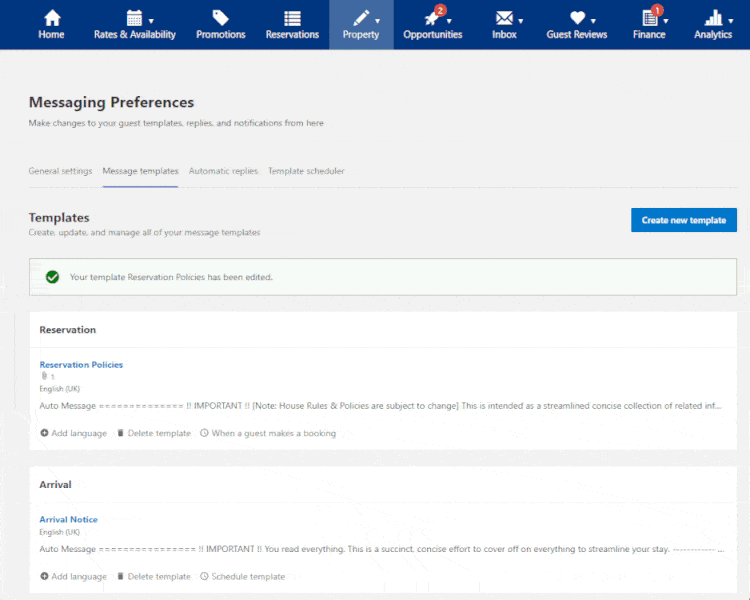
Tips on setting up automatic messaging on Booking.com:
a. Send information about your property or their reservation.
Booking.com gives property owners freedom when crafting their messages to their guests. Here are some of the content we recommend for your automated messages to increase guest satisfaction and boost customer satisfaction:
- Answer frequently asked questions about your property;
- Send lists of amenities and facilities;
- Remind guests of house rules;
- Send information about their payment and cancellation terms; and
- Write short newsletters containing tourist attractions or activities they can do during their stay.
b. Send a message for every reservation phase.
Aside from using templates, Booking.com also allows business account owners to schedule their messages. So, it’s best to treat automated messaging features just like SMS and email marketing campaigns. Here are some key stages in the reservation process when it's best to send your messages:
- When a guest makes a booking
- Three days before arrival
- One week before arrival
- On the day of arrival
- One day before arrival
- One day before departure
To learn more about the user journey on Booking.com, read: Understanding the user journey of a guest on Booking.com.
c. Use placeholders for personalization.
It's best to use personalization when it comes to using templates. You can customize templates by adding placeholders for your guest's name, check-in time, property name, and more. You can also add custom replies and image attachments to provide them with additional information. To learn more about the best practices in personalizing messages, read our article: No Contradiction: Personalization and AI-generated review replies
d. Remind guests to post reviews after their stay.
Most importantly, automated messages are the best way to remind your guests to leave a review on your property. While you can't explicitly request a guest review on your pre-checkin messages, you can use a "Don't forget to post your review" signature on your automated messages. This will create an information recall among your guests, so they will remember to review your property after their stay. To learn more about other strategies to collect guest reviews for your listing, read our complete article How to Get More Reviews on Booking.com: Easy Strategies to Try.
7. How to use AI with Booking.com Extranet?
There's no denying that Artificial Intelligence (AI) technologies are now revolutionizing the hospitality industry. While the Extranet still isn't capable of API integration, you can always use a web-based AI solution to improve the efficiency of your online booking procedures. This way, you can enjoy the benefits of AI and ML solutions to make your reservation process more efficient. To learn more about AI technologies in the hospitality industry, read: The Future of Hospitality Industry: Integrating AI into Hotels and Restaurants.
Maximize the features of Booking.com’s Extranet with MARA AI
Managing Booking.com listings can be a daunting task, especially responding to online reviews. Fortunately, it doesn't have to be with our AI Review Assistant, MARA. This intuitive tool is designed to ease your Online Reputation Management process, making it more efficient, personalized, and time-saving. It offers the best and most personalized AI for responding to and analyzing your guest reviews.
Streamlined Booking.com Review Inbox
One of the key features of this tool is the Review Inbox, which can easily be linked to your Booking.com Extranet dashboard. Your review inbox makes responding to reviews as simple as hitting "Generate reply" and clicking "Send". The Review Inbox connects to multiple review sources, including Google, Booking.com, and TripAdvisor, giving you a panoramic view of all your reviews. And you can even configure review response automation: Why not allow MARA to automatically respond to simple reviews, like 5-star Booking.com reviews with no text, ensuring you never miss a review? Daily notifications about new reviews keep you updated and in control.
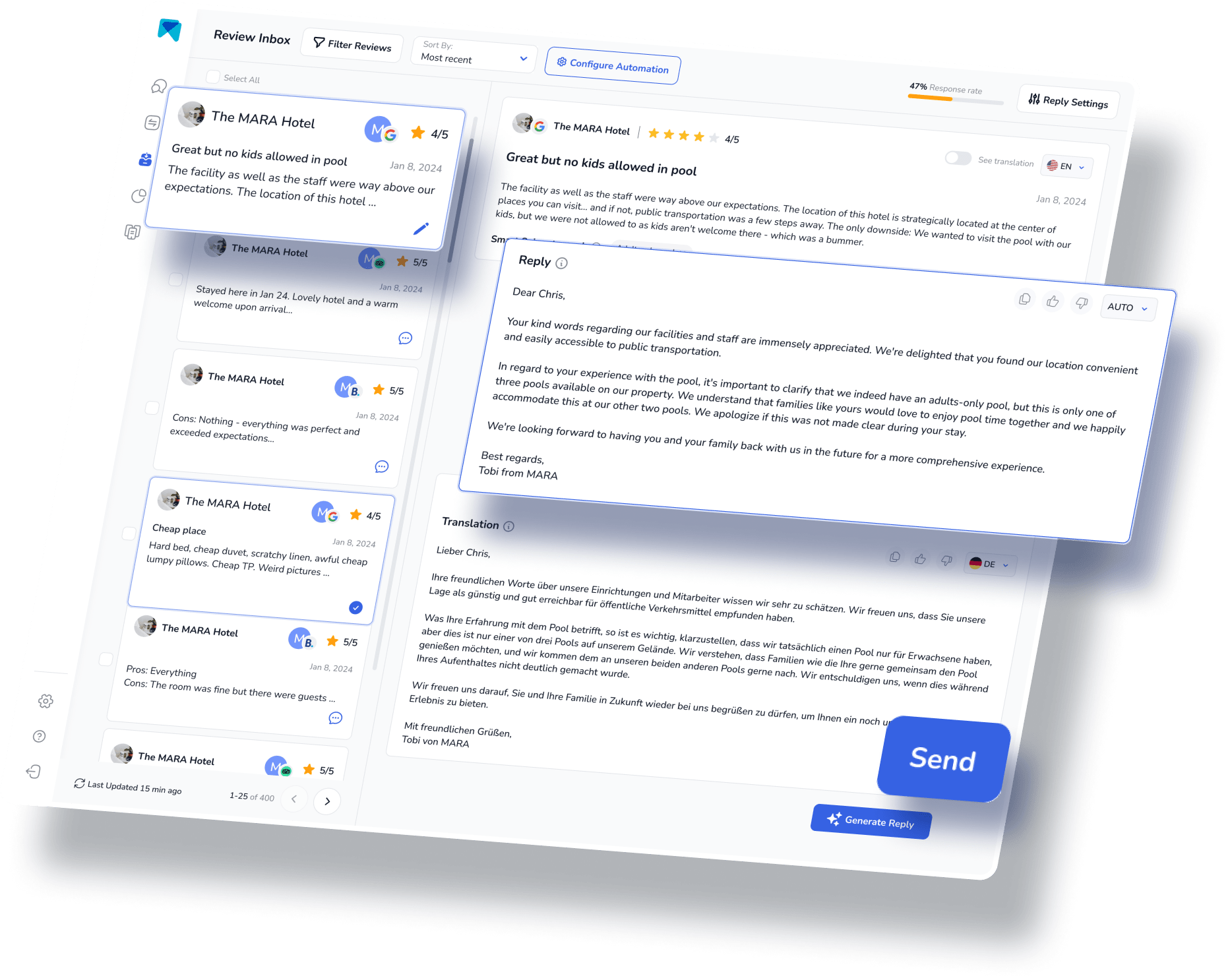
Advanced Review Analytics
Analyzing reviews to extract customer insight is one of the major benefits of online review dashboards such as Booking.com’s Extranet. To help you do this, the Review Assistant also incorporates Review Analytics. This provides actionable, easy-to-understand insights that are tailored exclusively to your business. With MARA, you can quickly get the gist of all your reviews without needing to read each one. The analysis is so detailed that you can find out about specific issues like "water in the pool is too cold" or "lack of vegan breakfast options”. These insights help optimize guest experience without requiring you to be a data expert.

Group Analytics for multiple listings
Creating multiple listings for your business is a key strategy on Booking.com. While it can surely generate a good amount of revenue, it can be hard to manage.
Our group analytics overview can provide a quick evaluation of the performance of each location. Other than key metrics such as response rates, ratings, and the number of reviews, MARA also offers category scores based on advanced AI analytics. In the screenshot below, you can find an analysis for hotels with category scores for areas like Food & Beverage, Front Office, and Housekeeping. This analysis aids in swiftly identifying potential weaknesses, with a preview of detailed topics appearing when you hover over a category.

The most personal response AI
MARA's AI isn't just about efficiency; it's about personalization too. The Brand Voice feature allows the AI to adapt to your tone, making sure your responses sound authentically you. Plus, with Smart Snippets, you can "teach" the AI how to respond to recurring praises or complaints. Your AI then incorporates this information into its responses but always with different words, providing more personalized, relevant replies.This review response assistant has quickly become a game-changer for over 2000 customers. Its promising capacity to elevate your overall rating, amplify response rates, glean insights from customer feedback, and economize both time and money is the reason behind its growing popularity.
Final Thought
There's truly a lot more that you can do on the Extranet dashboard than just checking your guest reservations. If you're creative and resourceful enough, each feature can help you increase your listing's conversion rates. However, we know that managing online reviews need not be an overwhelming task. But with the appropriate software, not only can you streamline the process, but you can also personalize your responses, and derive valuable insights from the reviews. So, why hesitate to give our AI Review Assistant, MARA, a try? It's completely free for testing, doesn't require a credit card, and can be fully operational in less than five minutes.
This article is part of our hero content on Booking.com Optimization: The Ultimate Guide for Hotel Managers.
Frequently Asked Questions:
Property owners can log in on https://account.booking.com/sign-in using their Master Accounts, while hotel managers can log in using their respective User Accounts.
Business account owners are paid on Booking.com through a virtual credit card (VCC) or bank transfer. You can choose your payment method by logging in to your Extranet account and proceeding to Finance Settings.
Property owners can check their reservations via the Extranet or Pulse app under the Reservations tab.
At times, property owners encounter issues adding reservations from Booking.com to their connectivity provider systems. This usually happens when the reservation includes a room or unit that’s still not yet connected to your connectivity provider, or there was a technical issue while the guest was processing the reservation.
Here are some reasons properties don’t appear on Booking.com searches: no added rates and availability, restricted minimum length of stay, and no photos added to the listing.





-.png)














-min.avif)
